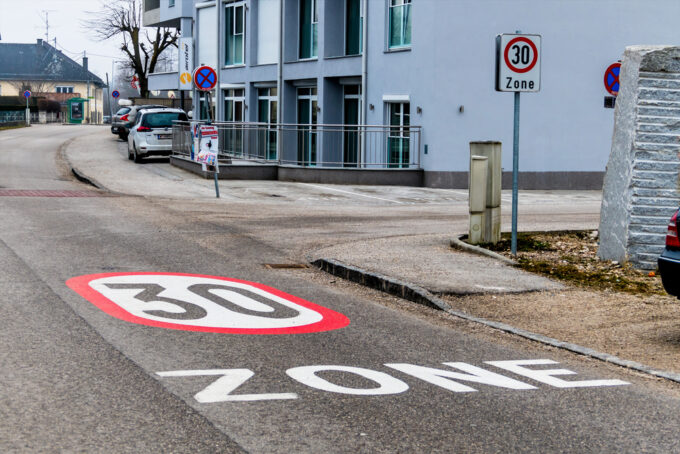BFU Safety Barometer: more traffic fatalities - more commitment needed
Last year, significantly more people lost their lives on Swiss roads than in the previous year. The number of people seriously injured also increased. The Safety Barometer 2023 of the Swiss Council for Accident Prevention (BFU) shows: The greatest increase in fatal accidents occurred among e-bike riders and car occupants.

Last year, 241 people lost their lives on Swiss roads and 4002 were seriously injured. In 2022, there were thus 20% more road traffic fatalities than in the previous year and more than at any time in the last seven years. The number of people seriously injured increased by 2%. The Safety Barometer 2023 of the BFU shows the current key figures on road safety in Switzerland and identifies the central challenges.
Figures make you sit up and take notice
Overall, Swiss roads are among the safest in Europe; however, the increase in serious accidents last year is cause for concern, as the AAIB points out. The greatest increase in fatal accidents was among e-bike riders (from 17 to 23 fatalities) and car occupants (from 65 to 87). With 40 fatalities, pedestrians were also frequently affected, he said. "Decision-makers, road owners and prevention actors still have a lot of work to do," says BFU Director Stefan Siegrist. The aim is to make traffic in Switzerland safer for everyone. "There is still a great need for action, especially in urban areas," Siegrist continues.
Protect vulnerable road users in urban areas
Almost every second serious accident in built-up areas involves pedestrians and cyclists. This is not least due to the collision speeds. A more consistent introduction of 30 km/h would prevent at least one third of the serious accidents in built-up areas on 50 km/h roads. The BFU therefore advocates a paradigm shift in traffic planning. The focus should not be exclusively on neighborhood roads. Rather - especially in urban areas and wherever road safety requires it - main roads must also be included, and they must retain the right of way, the accident advisory body writes.
A self-explanatory and forgiving road infrastructure would also benefit all road users. According to the BFU, safety-oriented driver assistance systems should also be used consistently. For example, the emergency braking assistant can provide additional safety for weaker road users, especially in built-up areas.
More commitment to your own safety
Many safety measures are now standard thanks to the relevant legal regulations: 95% wear a seat belt in the front of a car and 91% wear a helmet on a fast e-bike. According to the BFU, there is still potential in wearing a seat belt in the back seat (88%). On the bicycle and slow e-bike, the helmet is not yet a matter of course. In addition, only 3% on bicycles and e-bikes would wear a light vest during daylight.
The Safety barometer of the BFU has been assessing road safety in Switzerland every year since 2017. For this purpose, the BFU experts assess statistical changes in accident occurrences. In addition, the AAIB collects annual safety indicators, for example on the behavior of road users. The comparison with road safety in other countries is also included in the evaluation.









